Bronchoscope technology leads a new chapter in the diagnosis and treatment of respiratory diseases
Jun 30, 2024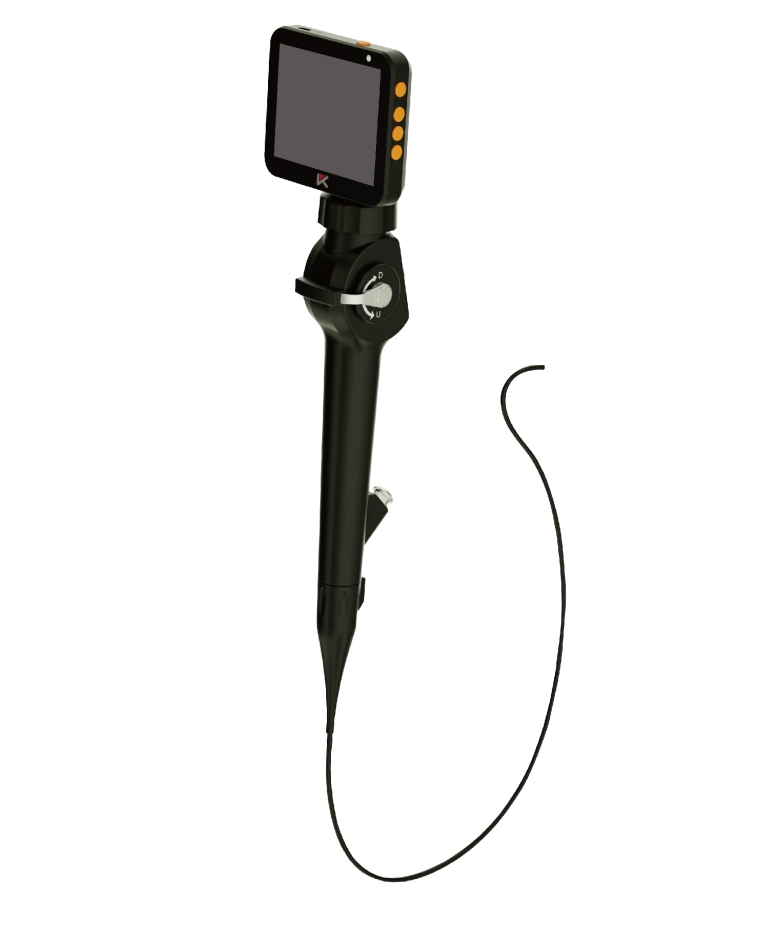
In today’s medical field, with the rapid development of science and technology, an inspection and treatment technology called “bronchoscope” is gradually becoming a new star in the diagnosis and treatment of respiratory diseases. Bronchoscope, the full name of which is fiber bronchoscope, is a medical device that is inserted through the mouth or nasal cavity and directly reaches the patient’s trachea and bronchi for inspection and treatment. This technology not only greatly improves the accuracy of doctors’ diagnosis of respiratory diseases, but also brings patients a safer and more efficient treatment experience.
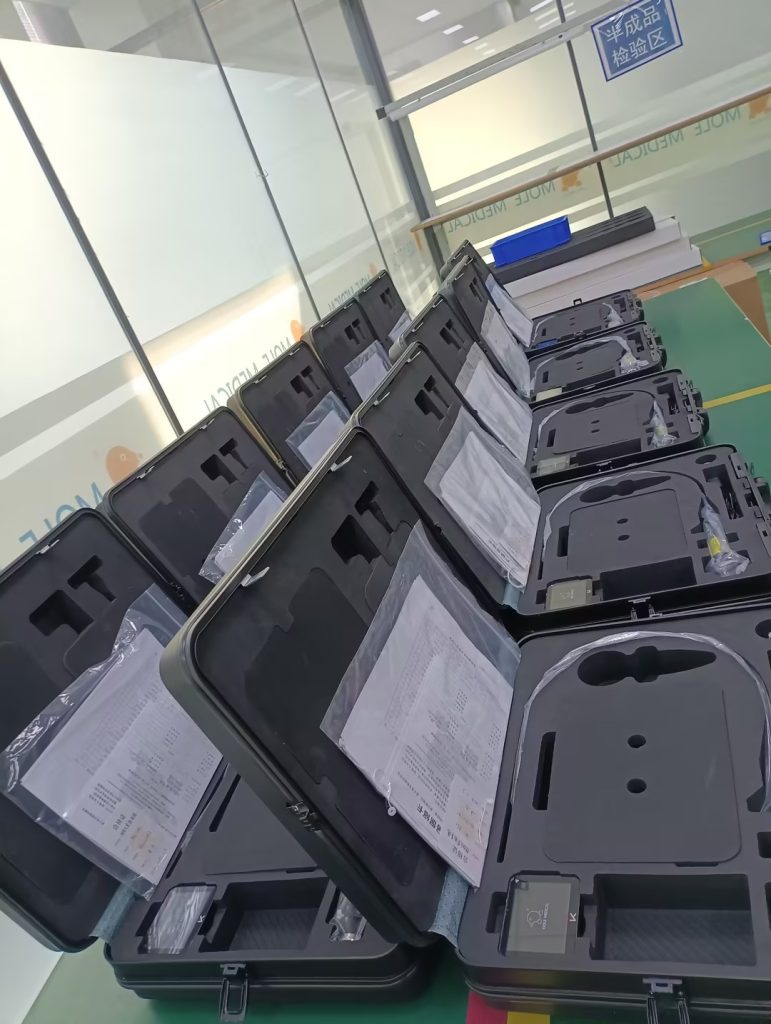
Technical innovation highlights: Modern bronchoscopes integrate high-definition imaging and minimally invasive operations, which can clearly display the internal conditions of the airway, and lesions as small as microns cannot escape its “eyes”. At the same time, it is equipped with a special working channel, which enables sampling, biopsy, foreign body removal, local treatment and other operations to be carried out safely, greatly reducing the risks and trauma of traditional surgery.
Wide range of applications: From common chronic cough and asthma to complex lung cancer screening, infectious disease diagnosis, and even emergency airway foreign body removal, bronchoscope technology covers almost all areas of respiratory diseases. It is not only a diagnostic tool, but also a treatment method, providing patients with more diversified treatment options.
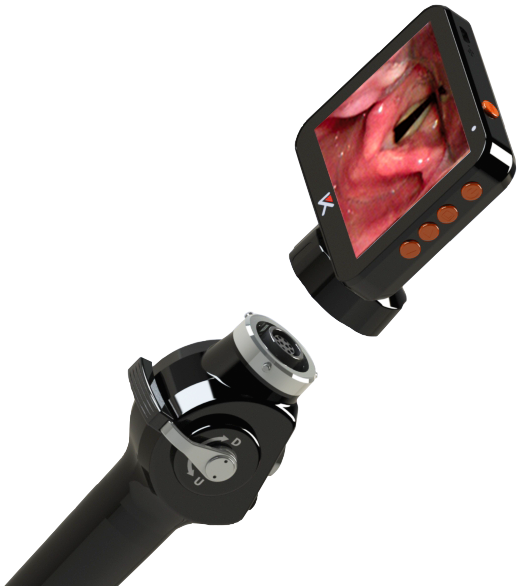
Improved patient experience: Compared with previous major surgeries that required thoracotomy, bronchoscopy examinations and treatments are mostly performed under local anesthesia, which causes less pain and faster recovery for patients. In addition, with the application of advanced sedation technology, many patients hardly feel any discomfort during the examination and can quickly return to normal life after surgery.
Categories
Latest Articles
Clinical comparison of foreign body removal procedures using rigid bronchoscopy, fiberoptic bronchoscopy, and flexible electronic bronchoscopy
Bronchial foreign bodies are a common emergency in pediatrics. Clinically, bronchoscopy techniques are typically used to remove the foreign bodies. Currently, the three main bronchoscopy techniques each have their own characteristics, and among them, the flexible bronchoscopy shows unique clinical value in pediatric patients. This article conducts a clinical application analysis of all three bronchoscopy ... Read more
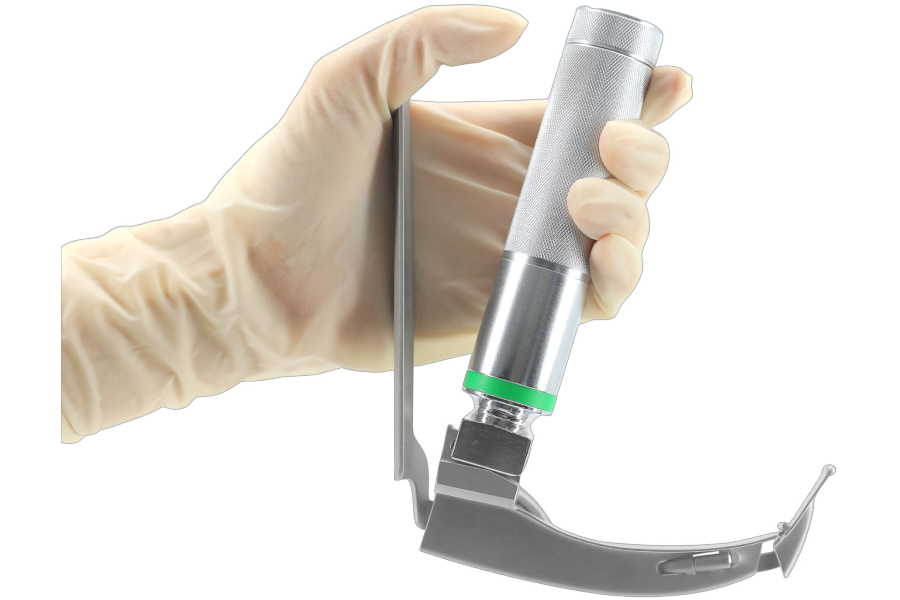
How Fibre Optic Laryngoscopes Improve ENT Procedures
In modern ENT procedures, precision and visibility are key. That’s where the laryngoscope fibre optic technology comes in. Unlike traditional tools, these advanced devices use fibre optics to provide a clear, well-lit view of the throat and vocal cords. This means doctors can see more and do more—with less risk to the patient. But how ... Read more
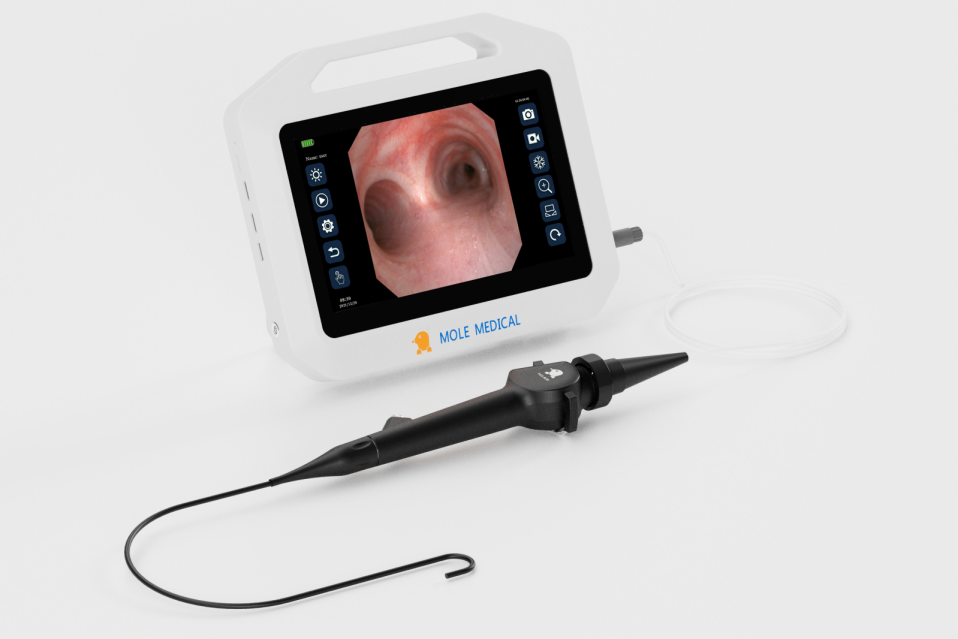
Flexible Laryngoscopy: A Clearer Voice for Quicker Diagnoses
Flexible Laryngoscopy is a powerful tool that helps ENT specialists do just that. It uses a thin, flexible scope to view the throat, vocal cords, and airway in real-time. The procedure is quick, non-surgical, and performed right in the clinic. For patients with voice changes, chronic cough, or throat discomfort, this method offers fast answers ... Read more
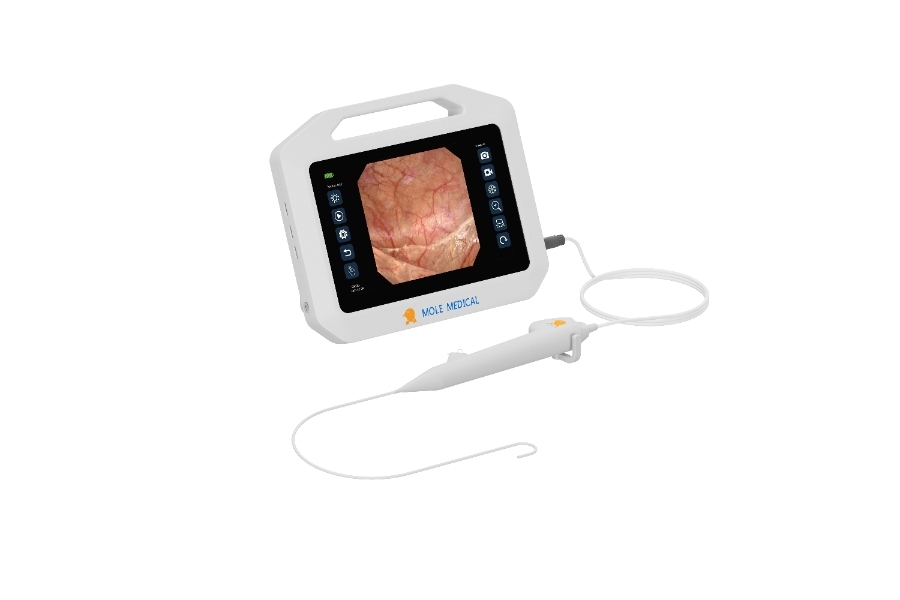
Smart Solutions in Ureteroscopy: Mole Medical’s Disposable Flexible Scope vs Karl Storz Legacy
In the field of urology, the name “ureteroscope Karl Storz” has long stood for precision and reliability. As a global leader, Karl Storz has set the standard for reusable ureteroscopes. But now, a new contender is entering the spotlight. Jiangsu Mole Medical, a national high-tech enterprise, is challenging the status quo. With a focus on ... Read more
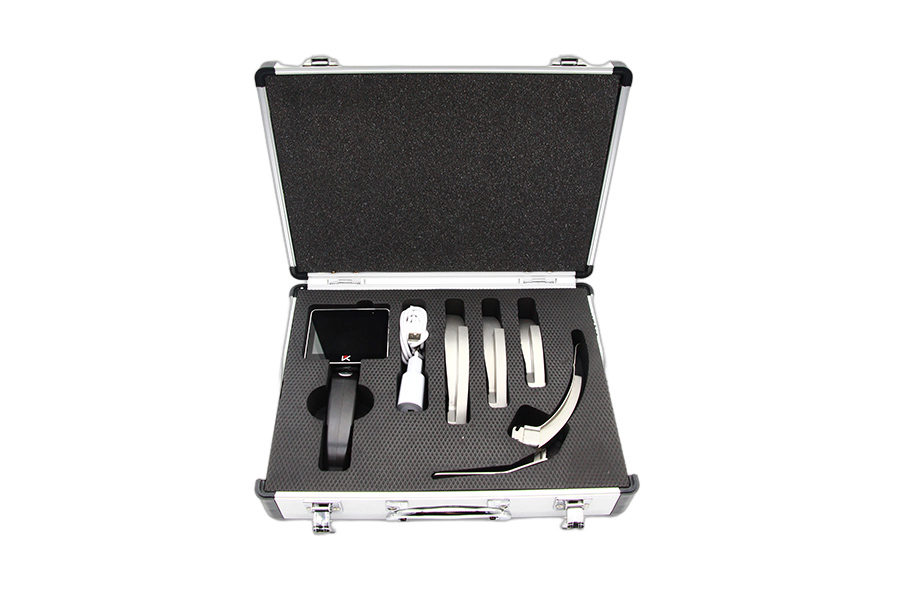
From ER to ICU: Why the Video Laryngoscope Is Becoming a Medical Must-Have
In recent years, the video laryngoscope has quietly transformed how doctors manage airways. From emergency rooms to intensive care units, this tool is now seen as essential. It offers a clearer view, faster response time, and higher success rates during intubation. Many medical teams no longer rely on traditional methods alone. Instead, they turn to ... Read more



